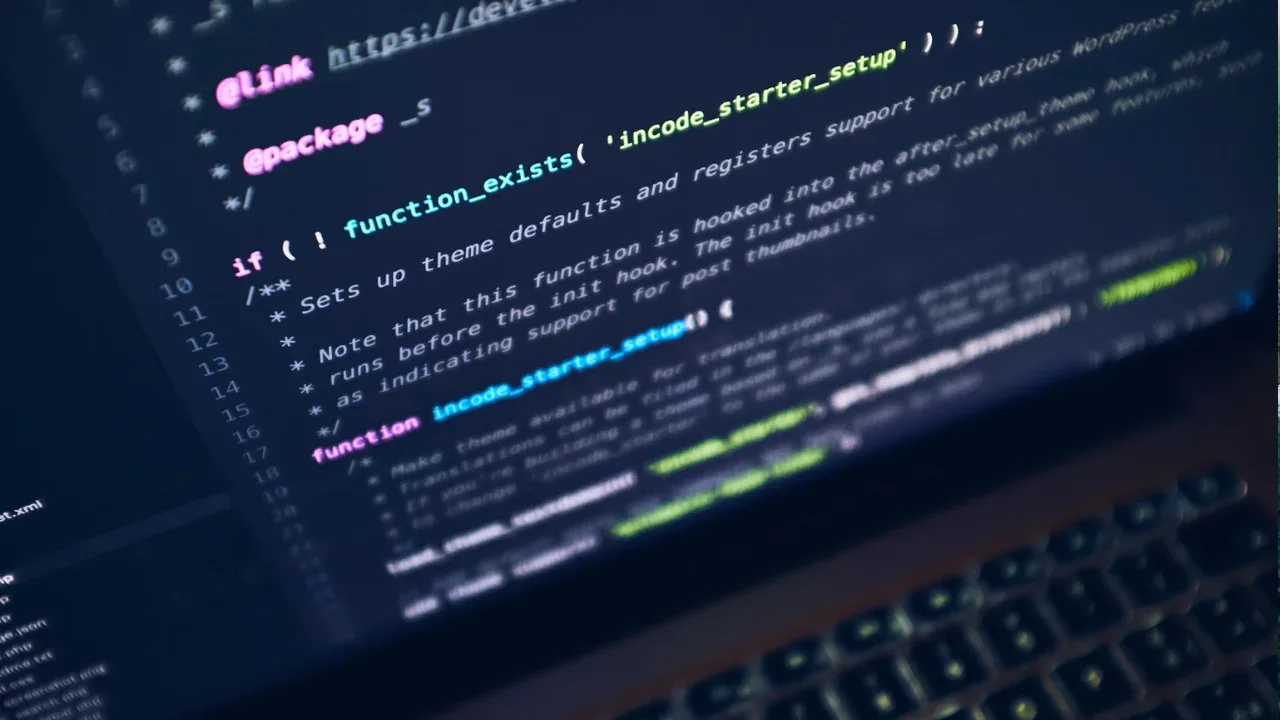UnicodeDecodeError: "utf8" codec can"t decode byte 0xa5 in position 0: invalid start byte

Understanding the UnicodeDecodeError: 'utf8' codec can't decode byte 0xa5 in position 0: invalid start byte error
🤔 Have you ever encountered the dreaded UnicodeDecodeError while working with Python and JSON? Don't worry, it's a common issue that many developers face. In this blog post, we will dive deep into the error message and provide you with easy solutions to fix it. So, let's get started! 💪🚀
The Error Message Explained
⚠️ The error message you encountered indicates that the 'utf8' codec is unable to decode a particular byte (0xa5) at position 0 because it is an invalid start byte. This usually occurs when you try to encode or decode strings that contain non-UTF-8 characters. Let's break it down further:
Traceback (most recent call last):
File "/etc/mongodb/server/cgi-bin/getstats.py", line 135, in <module>
print json.dumps(__getdata())
File "/usr/lib/python2.7/json/__init__.py", line 231, in dumps
return _default_encoder.encode(obj)
File "/usr/lib/python2.7/json/encoder.py", line 201, in encode
chunks = self.iterencode(o, _one_shot=True)
File "/usr/lib/python2.7/json/encoder.py", line 264, in iterencode
return _iterencode(o, 0)
UnicodeDecodeError: 'utf8' codec can't decode byte 0xa5 in position 0: invalid start byte🔎 Let's analyze the traceback:
The error originates from the line 135 of the
getstats.pyfile, where thejson.dumps()function is called.Inside the
json.dumps()function, the_default_encoder.encode(obj)function is used to encode the object as JSON.Finally, the error occurs in the
iterencode()function, which is responsible for encoding each part of the JSON output.
Root Cause Analysis
💡 To solve the UnicodeDecodeError, we need to identify the root cause. Looking at the additional context you provided, we can see that the issue arises when trying to encode the current time into JSON. The important lines are:
now = datetime.datetime.now()
now = datetime.datetime.strftime(now, '%Y-%m-%dT%H:%M:%S.%fZ')
print json.dumps({'current_time': now}) # this is the culprit🔍 The issue lies in the now variable, which holds the current time formatted as a string. The format used is %Y-%m-%dT%H:%M:%S.%fZ, which represents a timestamp in ISO 8601 format. However, it seems that the string contains a character that cannot be decoded with the 'utf8' codec.
The Temporary Fix
✅ You mentioned that you found a temporary fix to the issue:
print json.dumps({'old_time': now.encode('ISO-8859-1').strip()})🛠️ This fix involves encoding the now string using the 'ISO-8859-1' codec, which supports a broader range of characters compared to 'utf8'. The strip() function is used to remove any leading or trailing whitespace that might be present after the encoding.
⚠️ However, it's important to note that this fix is not ideal and may not be the correct way to address the underlying problem. Encoding the string with a different codec might lead to data corruption or inconsistencies, especially if the original input contains characters that are not compatible with 'ISO-8859-1'. Therefore, it's advisable to explore a more appropriate solution.
Finding a Better Solution
🔍 To find a better solution, it's crucial to understand the nature of the data you are working with. Here are a few steps you can take to narrow down the problem and resolve it correctly:
Check the source of the data: Investigate where the
nowvariable gets its value. Ensure that the source provides data compatible with 'utf8'.Verify the encoding of the source: Check if the source explicitly mentions the encoding used. If not, assume it follows the default 'utf8' encoding.
Normalize the data: If the source data consists of non-UTF-8 characters, consider normalizing it to ensure compatibility. The
unidecodelibrary in Python can help you achieve this.Analyze the context of data usage: Understand how the encoded string is used further down the line. Determine if other operations or libraries require a specific encoding.
Adjust your encoding strategy: Modify your encoding process, taking into account the source's encoding, the requirements of downstream operations, and any specific constraints.
📝 By following these steps, you can ensure that your data is processed correctly and without any encoding issues.
A Compelling Call-to-Action
💬 Have you encountered the UnicodeDecodeError before? What solutions did you find? Share your experiences and insights in the comments section below! Let's help each other overcome this common coding hurdle. 🤝💡
🔧 Remember, sharing is caring! If you found this blog post helpful, don't forget to share it with your fellow developers. Together, we can make coding easier for everyone! 🚀🌟


